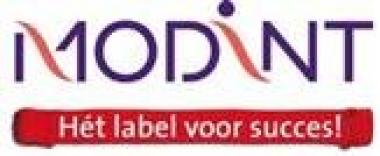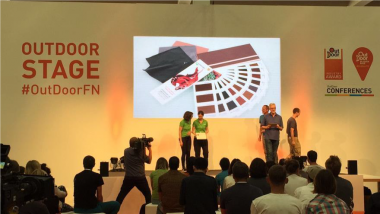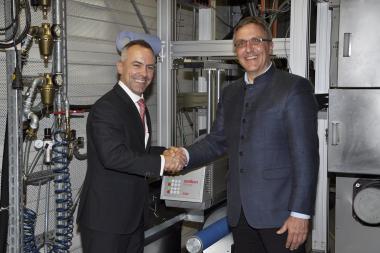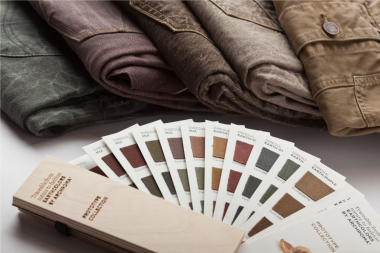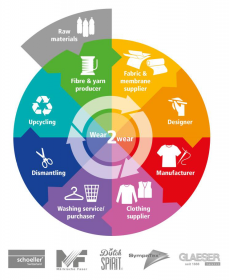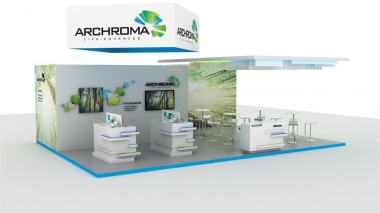AmeriPride Plant in Memphis Recertified Hygienically Clean Healthcare
The certification confirms the organization’s continuing dedication to infection prevention, compliance with recognized industry standards and processing healthcare textiles using BMPs as described in its quality assurance documentation, a focal point for Hygienically Clean inspectors’ evaluation. The independent, third-party inspection must also confirm essential evidence that: • Employees are properly trained and protected
• Managers understand regulatory requirements
• OSHA-compliant
• Physical plant operates effectively
The Memphis laundry was first certified in 2014. AmeriPride has other U.S. Hygienically Clean Healthcare certified facilities in Little Rock, Ark.; Phoenix; Watkinsville, Ga.; Topeka, Kan.; Bemidji, Minneapolis and Twin Falls, Minn.; Springfield, Mo.; Omaha, Neb.; and Lubbock, Texas. The company’s Canadian Linen and Uniform Service facility in Lethbridge, Alberta, is also Hygienically Clean Healthcare certified.
Certified facilities pass three rounds of outcome-based microbial testing, indicating that their processes are producing Hygienically Clean Healthcare textiles and zero presence of yeast, mold and harmful bacteria. To maintain their certification, laundry plants must pass quarterly testing to ensure that as laundry conditions change, such as water quality, textile fabric composition and wash chemistry, laundered product quality is consistently maintained.
This process eliminates subjectivity by focusing on outcomes and results that verify textiles cleaned in these facilities meet appropriate hygienically clean standards and BMPs for hospitals, surgery centers, medical offices, nursing homes and other medical facilities.
AmeriPride, Memphis, Healthcare
TRSA®




